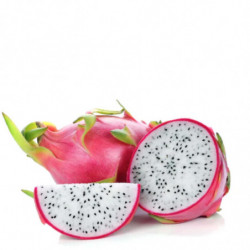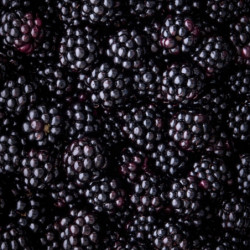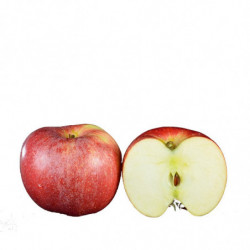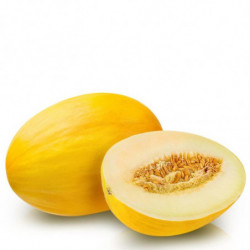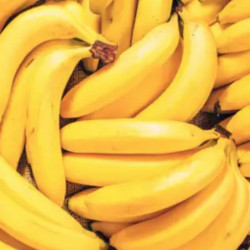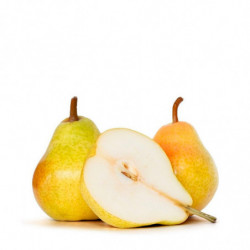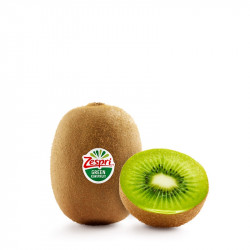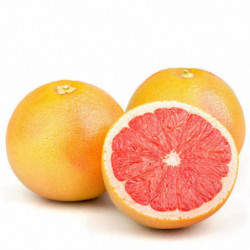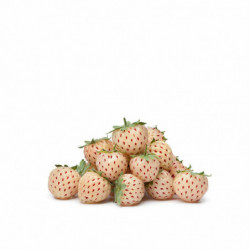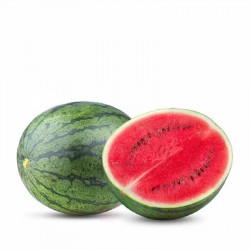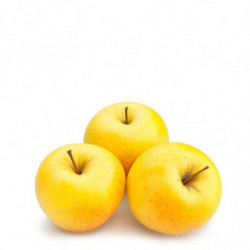Chirimoya: A Journey Through its Historical, Botanical, Gastronomic, and Culinary Dimensions
Historical: Chirimoya in the Fabric of Time
The history of the Chirimoya intertwines with the roots of the Peruvian Andes, where it was revered as a heavenly delicacy by ancient pre-Incan civilizations. Dubbed "the fruit of the gods," its presence has left a culinary imprint that transcends cultures over the centuries.
Botanical: Wonders of Annona cherimola
From a botanical perspective, the Chirimoya reveals itself as the fruit of Annona cherimola, a majestic perennial tree. Its white or yellow flowers, displaying their splendor in spring, give way to an oval-shaped fruit with green or yellow skin and white, creamy pulp.
Gastronomic: Sensory Pleasures of Chirimoya
In the gastronomic realm, Chirimoya is a unique sensory experience. Its soft, sweet, and creamy pulp captivates palates. Whether consumed fresh, in salads, desserts, or cooked dishes, Chirimoya's versatility awakens creative appetites.
As a Cook: Culinary Inspiration with Chirimoya
For the cook, Chirimoya is a blank culinary canvas. Its sweet flavor and creamy texture make it a star ingredient. From exquisite fruit salads to creative ice creams and mousses, Chirimoya is the muse of the kitchen.
Recipe: Refreshing Chirimoya Sorbet
Ingredients:
- 2 ripe Chirimoyas
- 1/2 cup sugar
- 1 cup water
- Juice of 1 lemon
Instructions:
- Peel and pit the Chirimoyas.
- In a blender, blend Chirimoyas with sugar and water until smooth.
- Add lemon juice and blend again.
- Pour the mixture into an ice cream maker and follow the manufacturer's instructions.
- If you don't have an ice cream maker, freeze the mixture in a container, stirring every 30 minutes for a smooth texture.
- Serve in glasses and enjoy a refreshing Chirimoya sorbet.









